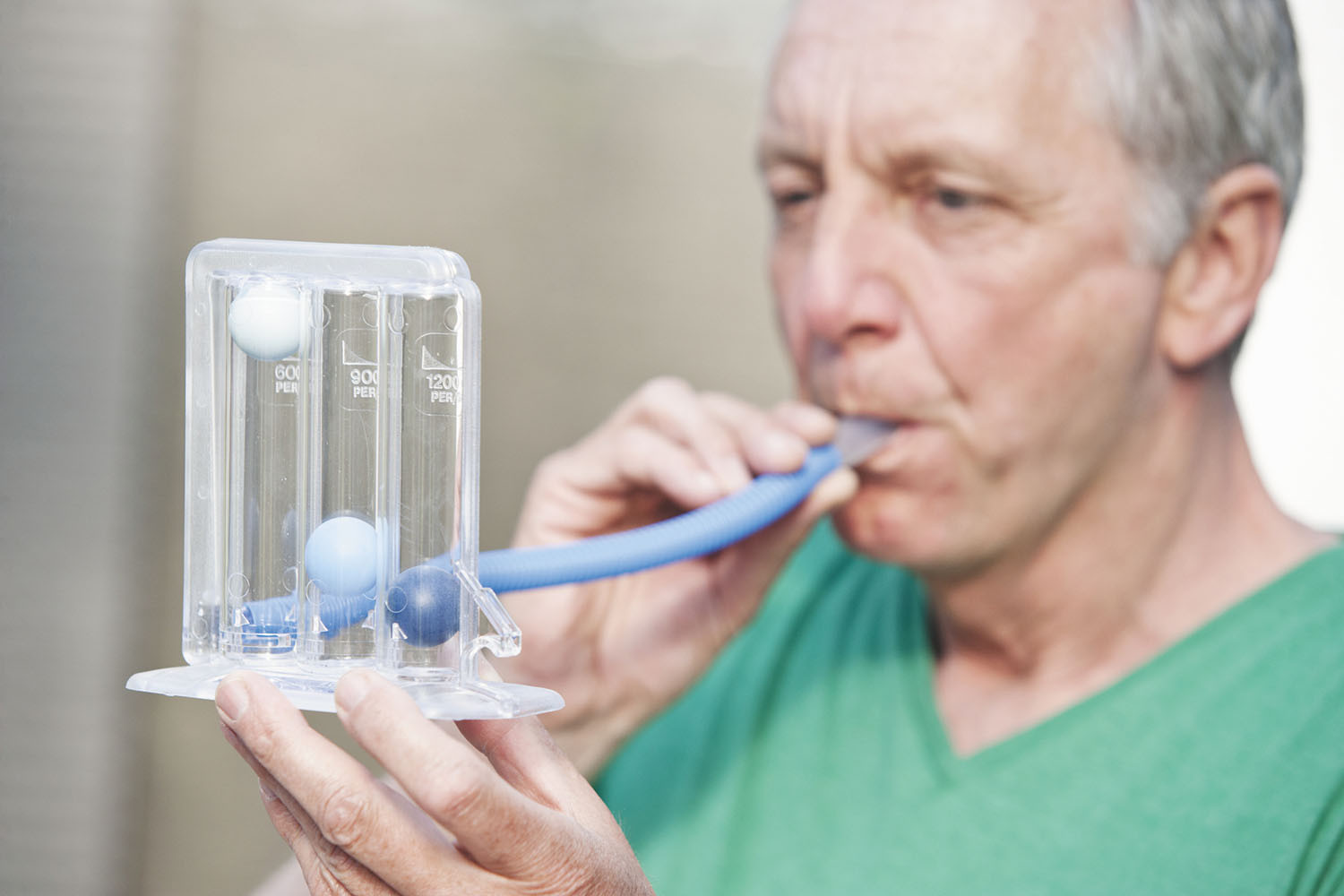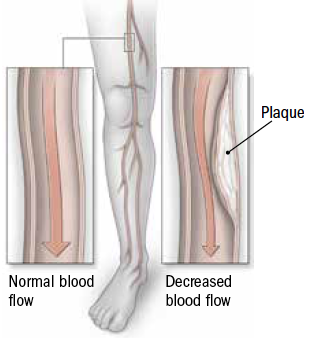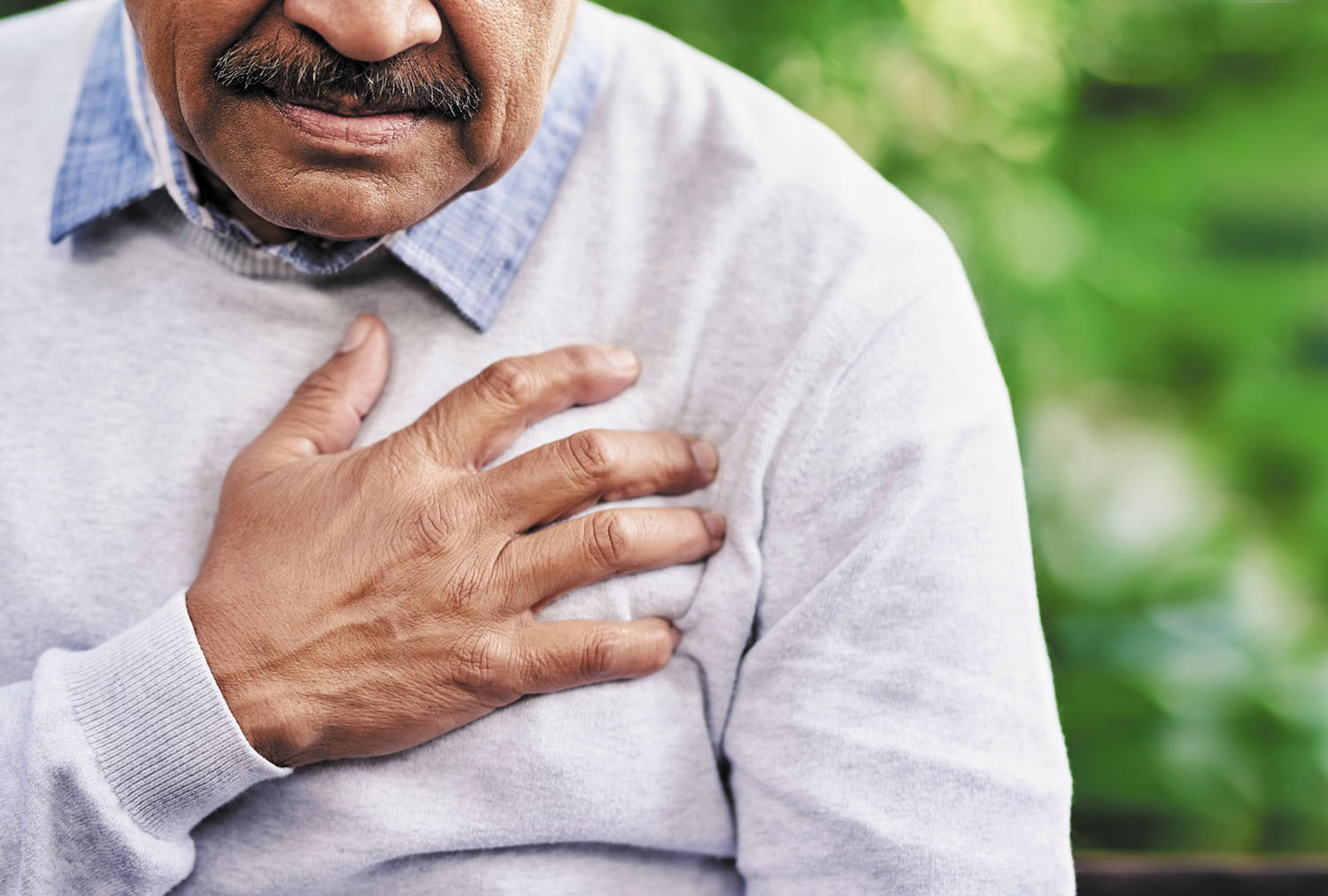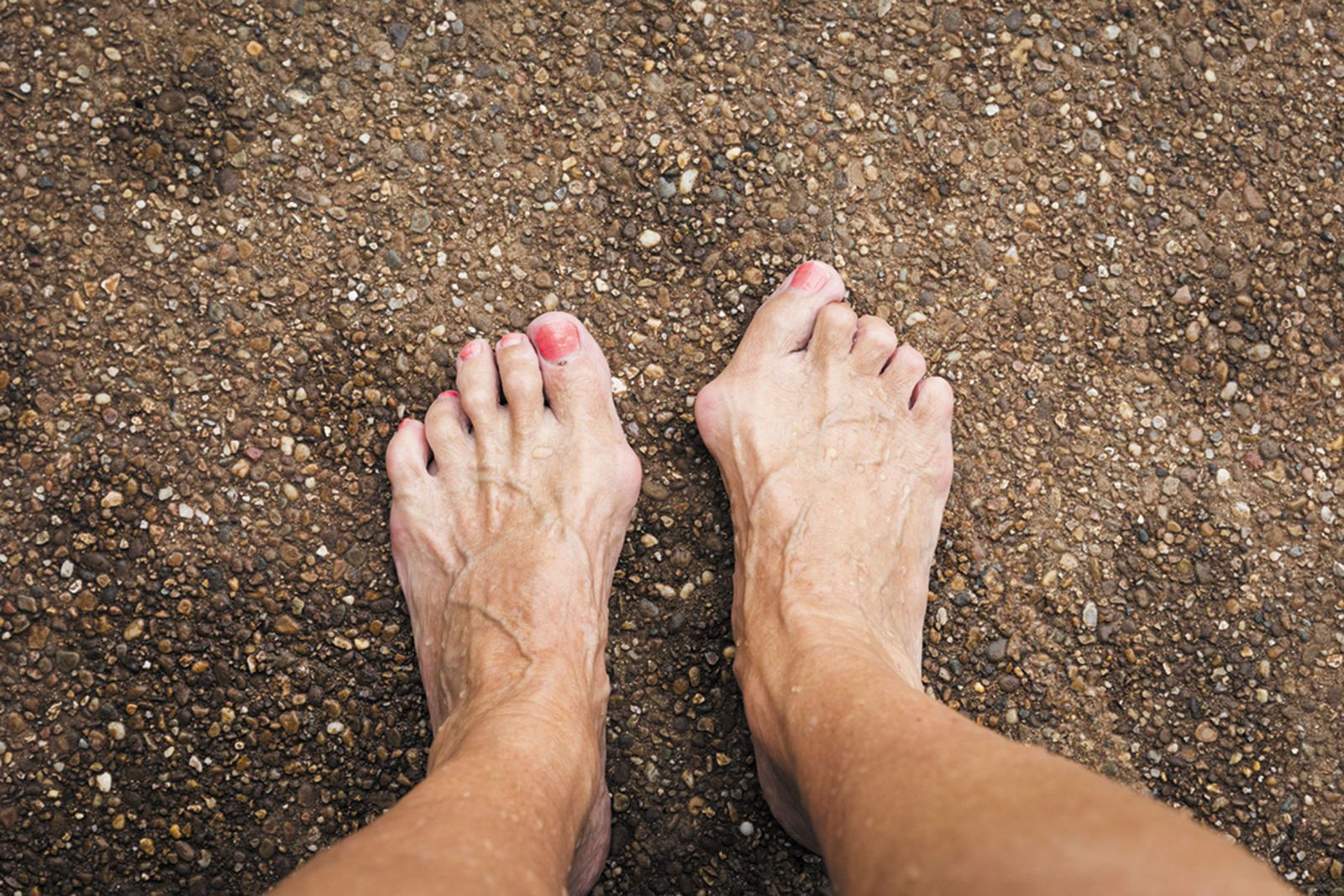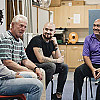
How does prostate cancer treatment affect mental health?

5 timeless habits for better health

What are the symptoms of prostate cancer?

Is your breakfast cereal healthy?

When pain signals an emergency: Symptoms you should never ignore

Does exercise give you energy?

Acupuncture for pain relief: How it works and what to expect

How to avoid jet lag: Tips for staying alert when you travel

Biofeedback therapy: How it works and how it can help relieve pain

Best vitamins and minerals for energy
Diseases & Conditions Archive
Articles
Shortness of breath: A common symptom with many possible causes
Heart and lung issues are often to blame for breathlessness. But an accurate diagnosis may require advanced testing.
Like your heartbeat, the regular inhale and exhale of your breathing is something you usually don't notice — until something doesn't feel quite right. Shortness of breath can result from a range of problems, including an allergic reaction, an anxiety attack, or anemia. But most often, the underlying cause is a heart or lung condition.
"Because these two organ systems are so intertwined, one always affects the other," says Dr. Aaron B. Waxman, who directs the Pulmonary Vascular Disease Program at Harvard-affiliated Brigham and Women's Hospital. In fact, about 60% of people with heart disease also have a lung disease. As a result, it's not always easy to distinguish cardiac and pulmonary issues, he says.
Why do I have a salty taste in my mouth?
On call
Q. I've had a salty taste in my mouth for the past few months. Is there anything I can do about it?
A. The salty taste could be due to your taste buds becoming more salt sensitive (often a medication side effect), or a higher concentration of salt in your saliva, which can happen if you get dehydrated. Other causes of a salty taste could include
A leg up on peripheral artery disease
The condition causes leg pain and fatigue that make activity difficult, but lifestyle changes can improve how you feel.
The occasional leg pain or stiffness is often not cause for concern, but if pain or fatigue develops after just a few minutes of walking or climbing stairs, it could be an early sign of peripheral artery disease (PAD).
"PAD not only interferes with an active lifestyle, but also can put you at higher risk for a heart attack and stroke," says Dr. Michael Belkin, chief of the Division of Vascular and Endovascular Surgery with Harvard-affiliated Brigham and Women's Hospital. "You can't cure PAD once it occurs, so you want to take measures to avoid it as much as possible."
Look out for Lyme
Here's how to protect yourself from this growing tick-borne disease.
Summer is the ideal time to enjoy the outdoors, but while you're interacting with nature, you need to look out for ticks that carry Lyme disease, the most common tick-borne disease in the United States.
About 300,000 people are diagnosed with Lyme disease each year, according to the CDC, and new research suggests that number will rise by 20% by mid-century.
"Narrow angles" a tip-off to eyesight risk
Proper eye care can limit vision loss from most glaucoma — and prevent one of its most serious forms.
Glaucoma is a group of eye diseases that cause vision loss and blindness through damage to the optic nerve. Several factors contribute to its development, but the main culprit is elevated intraocular pressure, that is, pressure within the eye.
Theoretically, glaucoma can be managed and vision loss prevented or minimized with early detection and medical treatment to control intraocular pressure. But the most common form, called open-angle glaucoma, progresses so slowly and subtly that symptoms, such as blind spots and reduced peripheral vision, may go unnoticed until the disease has advanced and vision loss is inevitable.
The latest deadly superbug, and why it's not time to panic
Infections from a drug-resistant fungus have been occurring around the world for the past decade. It's not cause for panic, but it's wise to understand the facts and ways to protect yourself.
What does heartburn feel like?
Ask the doctor
Q. I think I have heartburn, but I hear that what feels like heartburn is sometimes a more serious condition. How do I know if I have heartburn?
A. You've asked an important question. "Heartburn" describes symptoms caused by the reflux of stomach acid up into the esophagus (the tube that carries food from the mouth down to the stomach). It is a burning sensation. You can feel it high in the abdomen, just below the bottom of the breastbone, or underneath the middle of the breastbone in the chest. In other words, despite the word "heart" in the word "heartburn," real heartburn comes not from the heart, but from the stomach and esophagus.
Battling the big toe joint blues
Arthritis, bunions, and gout can be disabling. Here are common fixes to stay mobile.
Aching hips, knees, and shoulders are common, and over time can lead to immobility. But so can an aching big toe. The joint at the base of the big toe — called the metatarsophalangeal or MTP joint — is the part of the toe that is affected.
What's the MTP joint?
The MTP joint connects the first long bone (metatarsal) in the forefoot to the first bone of the big toe (phalanx). The joint bends with every step you take, so that you can push off and let the other leg move forward. But the MTP joint takes a beating during that process: for a brief moment as you push off, the MTP joint supports half of your body weight.
Why do I get weak after a bowel movement?
On call
Q. After I have a bowel movement I sometimes get quite weak and have to lie down until the feeling passes. Why does this happen and is it cause for concern?
A. The sensation you are describing is most likely due to a reflex called a "vasovagal reaction." Here's what I mean.
Recognizing a common cause of exercise-related leg pain
Peripheral artery disease is serious but preventable.
As people get older, they sometimes shrug off painful cramping in their calves when they walk as a sign of age or overexertion. But it can be a symptom of a more serious condition known as peripheral artery disease, or PAD.
PAD is a condition in which fatty deposits collect in arteries outside the heart — most commonly in the legs — and reduce blood flow in that part of the body. Doctors used to think PAD mostly affected men, but when researchers began to include more women in their studies, they learned that the condition is just as common in women, affecting one in every 10 women over age 50 and one in every five over age 60, says Dr. Aruna Pradhan, a cardiologist and assistant professor of medicine at Harvard Medical School.

How does prostate cancer treatment affect mental health?

5 timeless habits for better health

What are the symptoms of prostate cancer?

Is your breakfast cereal healthy?

When pain signals an emergency: Symptoms you should never ignore

Does exercise give you energy?

Acupuncture for pain relief: How it works and what to expect

How to avoid jet lag: Tips for staying alert when you travel

Biofeedback therapy: How it works and how it can help relieve pain

Best vitamins and minerals for energy
Free Healthbeat Signup
Get the latest in health news delivered to your inbox!
Sign Up
